260 Out Of 300 As A Percentage

The figure 86.67% has recently surfaced in discussions across various sectors, sparking debate and analysis. This percentage, derived from the fraction 260 out of 300, represents a significant data point in diverse fields, from academic assessments to business performance metrics.
At its core, understanding what 260 out of 300 represents as a percentage (86.67%) is crucial for accurate interpretation. This article will dissect the meaning of this figure, its application in different contexts, and its potential implications for individuals and organizations.
Understanding the Calculation
Calculating a percentage is a fundamental mathematical operation. It essentially expresses a part of a whole as a fraction of 100.
In this specific instance, the calculation involves dividing 260 by 300 and then multiplying the result by 100. The formula is simple: (260 / 300) * 100 = 86.67%
Rounding may affect the precise value shown. This process yields 86.67%, offering a standardized way to understand the relationship between the two numbers.
Academic Applications
In academic settings, 260 out of 300 could represent a student's score on an exam or assignment. This score translates to a high grade, typically a B+ or an A- depending on the grading scale used by the institution.
The percentage helps students and educators quickly grasp the student's level of understanding and performance. This benchmark can determine eligibility for scholarships, advanced courses, or graduation honors.
Example: A Standardized Test
Imagine a standardized test where a student scores 260 out of 300. This demonstrates a strong grasp of the subject matter.
Such a score often places the student in a competitive position for college admissions. It can also affect the student's confidence in their abilities and future academic pursuits.
Business and Economic Implications
Businesses frequently use percentages to measure various aspects of their operations. 260 out of 300, or 86.67%, could signify market share, project completion rate, or customer satisfaction levels.
A high percentage indicates effective strategies and positive outcomes. Conversely, a lower percentage might signal areas requiring improvement or course correction.
Scenario: Project Completion
Consider a software development company aiming to complete 300 project tasks within a set timeframe. If they successfully complete 260 tasks, the 86.67% completion rate reflects their efficiency and project management skills.
This data helps stakeholders evaluate the project's progress and identify any bottlenecks hindering the completion of remaining tasks. It also enables them to forecast future performance based on current trends.
Statistical Analysis and Public Opinion
Percentages also play a critical role in statistical analysis and public opinion research. Survey results are often expressed as percentages to provide a clear and concise representation of the data.
For instance, if a poll finds that 260 out of 300 respondents support a particular policy, this translates to 86.67% support. This provides a clear indicator of public sentiment regarding the issue.
Social Impact
During a survey about satisfaction levels with local government services, 260 out of 300 respondents reporting satisfaction translates to a positive rating. This demonstrates the government's effectiveness.
This data can influence policy decisions and resource allocation. It can encourage authorities to continue successful initiatives while addressing areas where improvements are needed.
Human-Interest Perspective
Beyond the numbers, percentages can reflect real-life achievements and challenges faced by individuals. Consider a small business owner who aims to increase sales by a specific target.
If they reach 260 sales out of a goal of 300, the 86.67% achievement rate represents their hard work and dedication. It shows the value of their entrepreneurial efforts.
"It's more than just a number," remarks local business owner Sarah Chen. "It's a reflection of the effort and passion we've invested in our business."
Conclusion
The percentage derived from 260 out of 300 (86.67%) serves as a versatile metric for assessing performance. It is used in academic assessments, business evaluations, and public opinion surveys.
Understanding the implications of this figure is crucial for informed decision-making. Whether it's used to measure student achievement, project success, or public sentiment, it provides a valuable snapshot of overall performance and trends.
In essence, 86.67% highlights the power of percentages in converting raw data into easily interpretable information, fostering better understanding and driving more effective actions across various sectors.





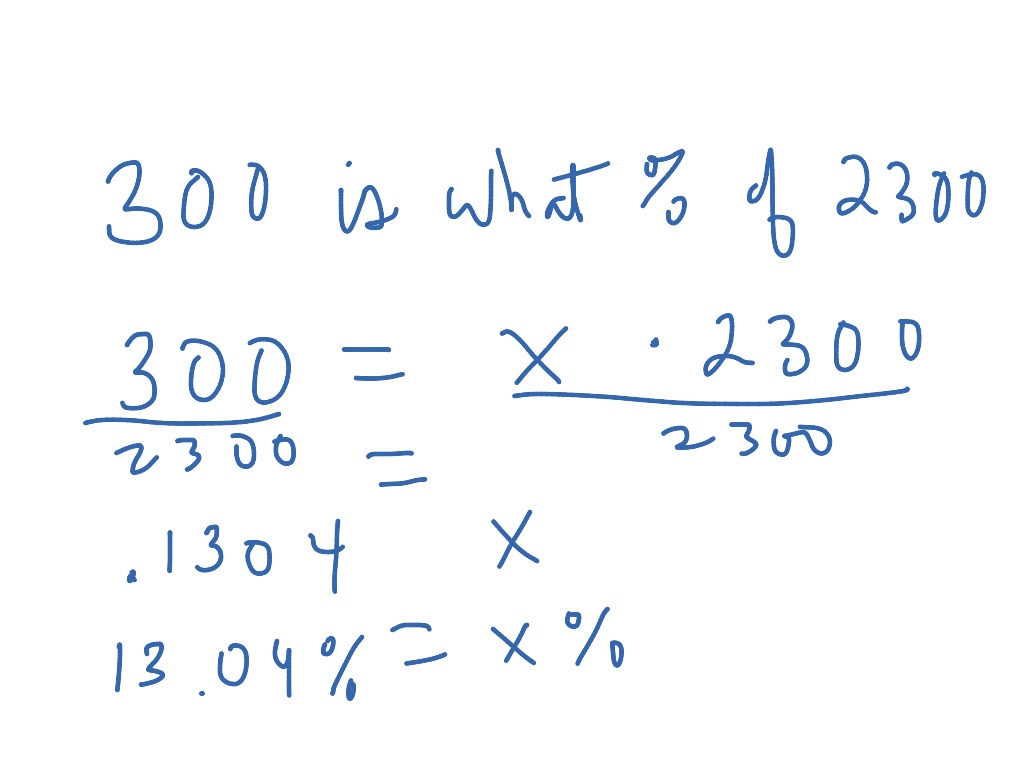

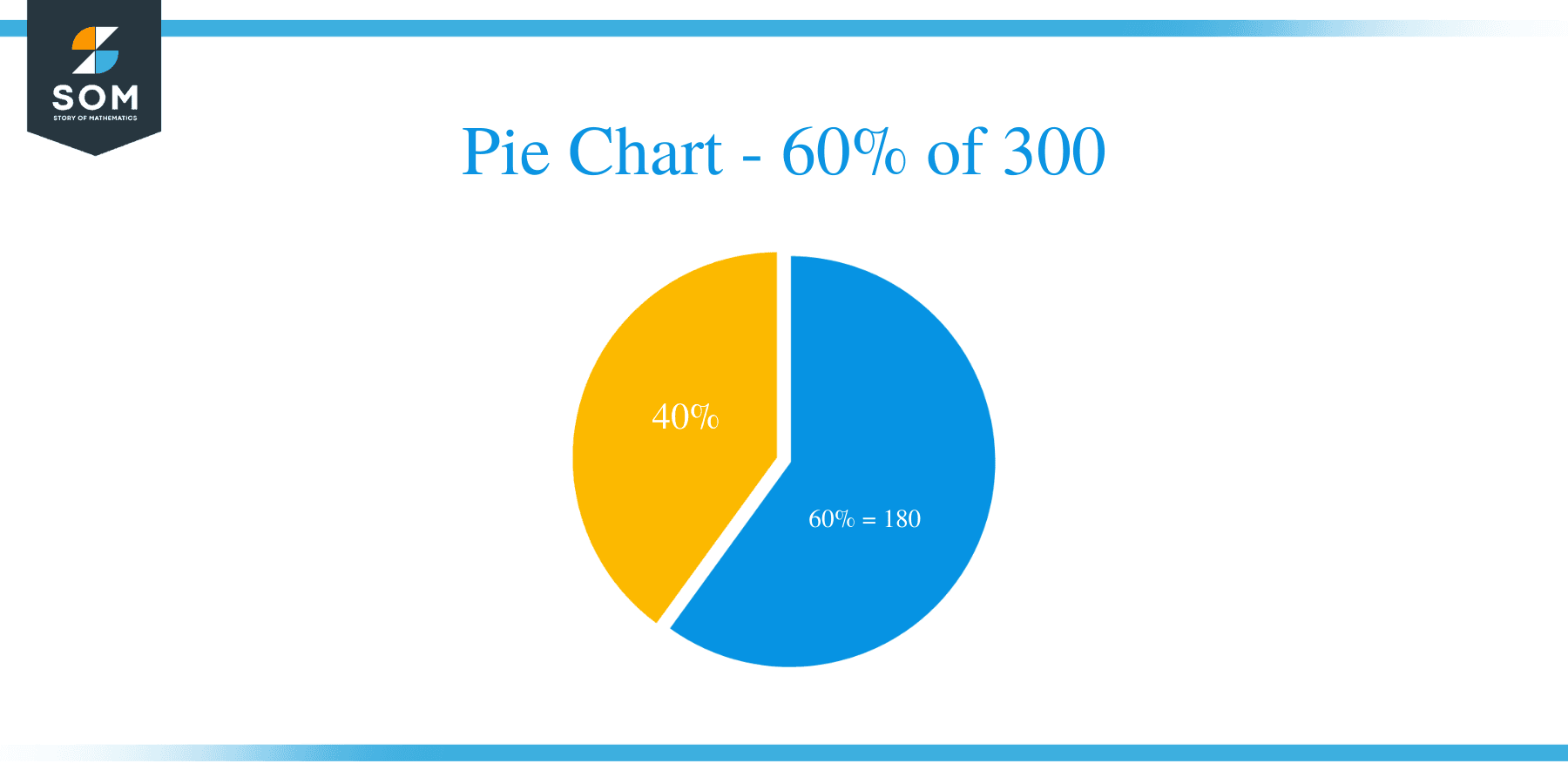

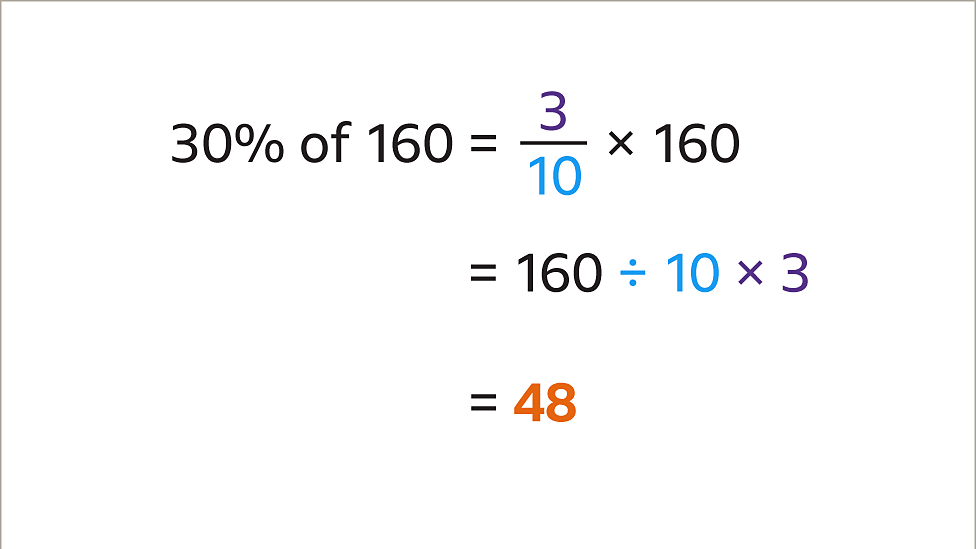
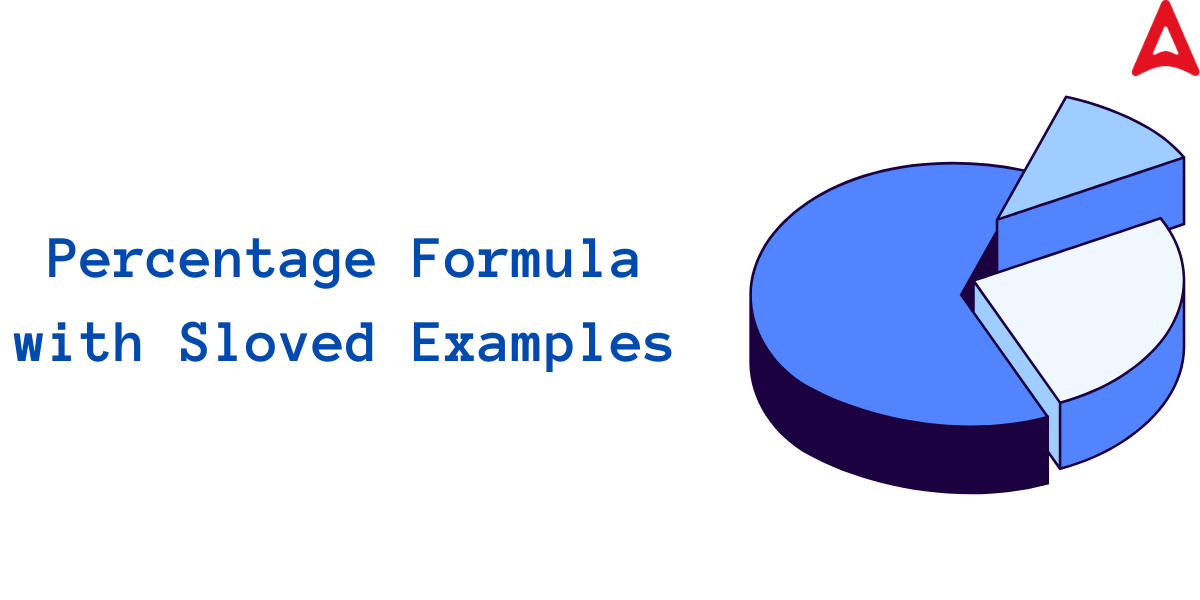
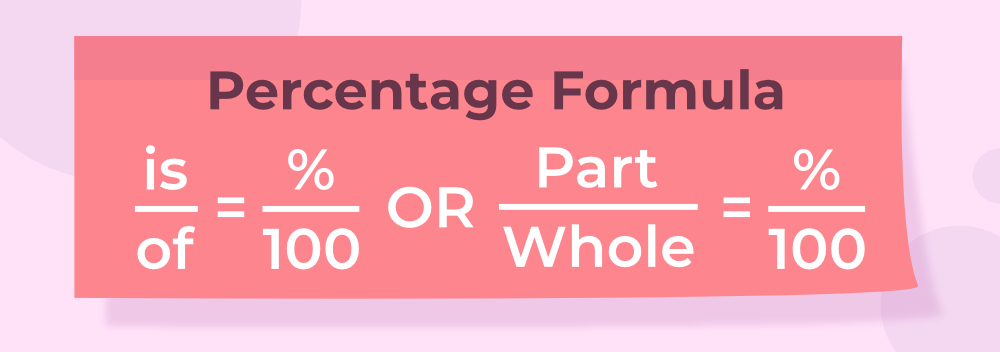





![260 Out Of 300 As A Percentage What is 20 Percent of 300? = 60 [With 2 Solutions]](https://timehackhero.com/wp-content/uploads/2024/01/What-is-20-Percent-of-300-60-With-2-Solutions.png)
